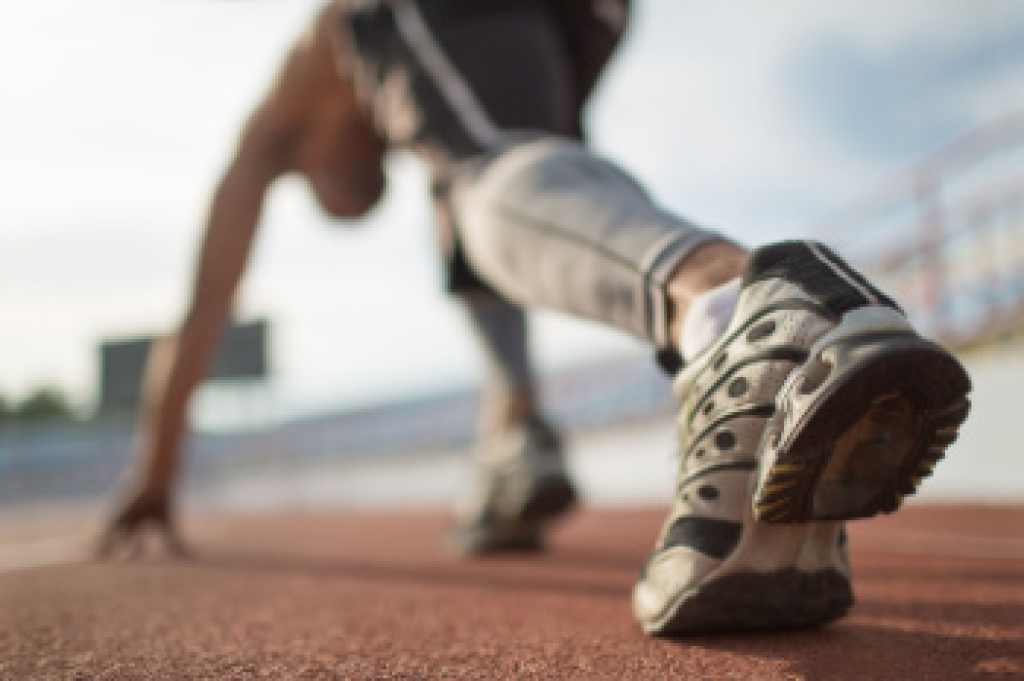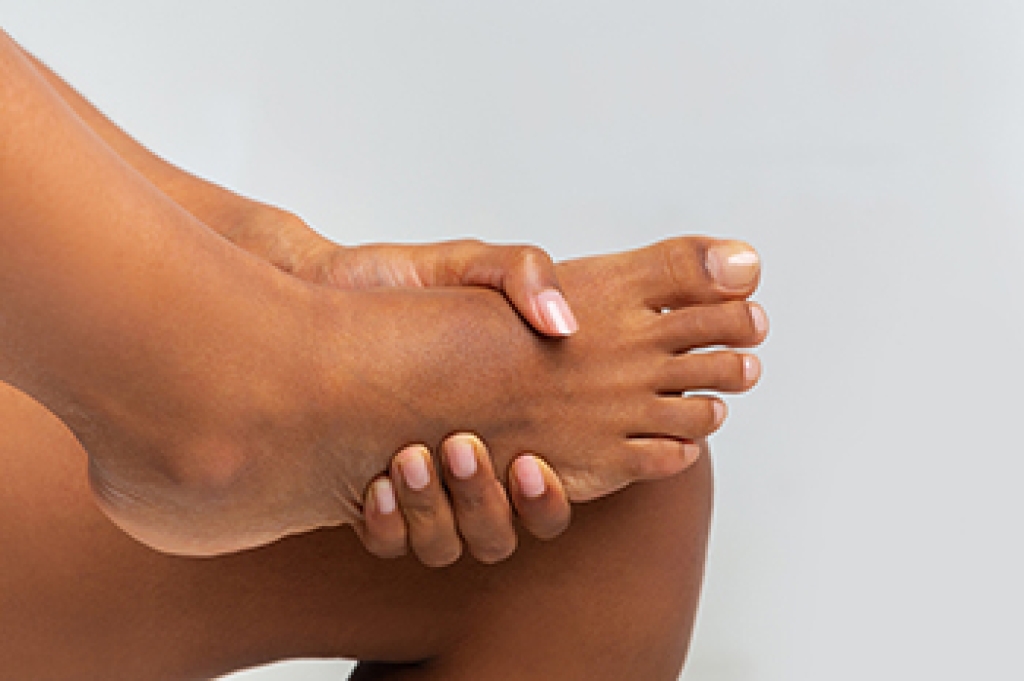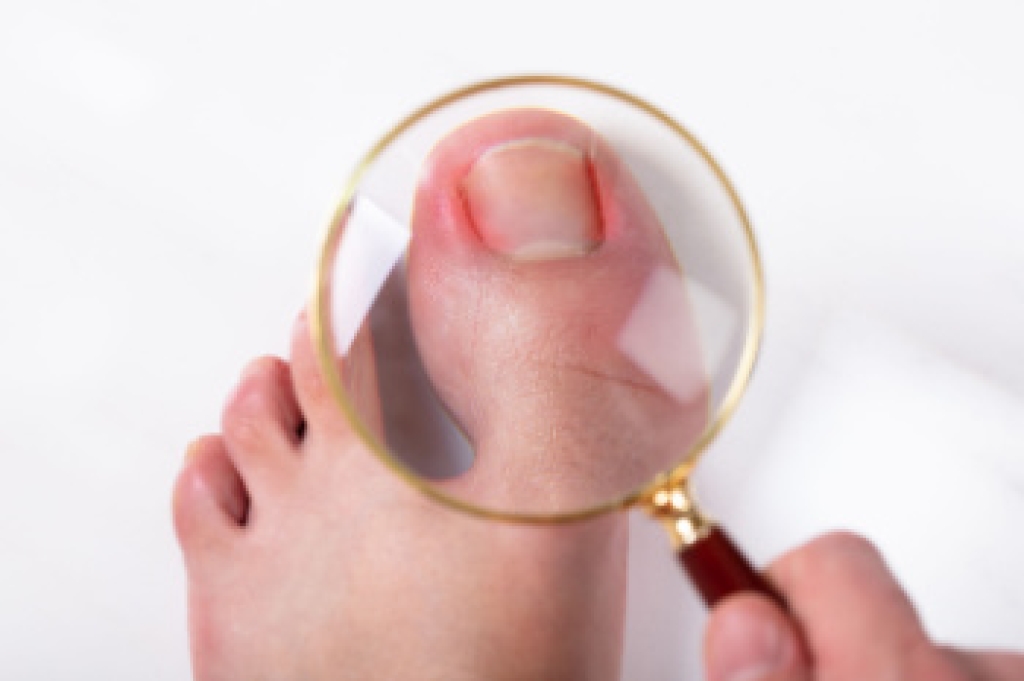Targeted Exercises to Relieve Foot Issues

Foot exercises can help alleviate discomfort and improve mobility for someone experiencing various foot problems. Gentle stretching, such as toe flexion and extension, can ease stiffness with minimal discomfort during the exercise, though mild soreness may follow. Strengthening exercises like towel scrunches and marble pickups engage small foot muscles, often causing slight fatigue but rarely significant pain afterward. Low-impact activities such as seated heel raises may create mild discomfort during movement but can promote circulation and reduce stiffness over time. It is important to listen to the body and adjust intensity accordingly to prevent exacerbating pain. If you have foot pain from specific conditions, it is suggested that you consult a chiropodist who can treat various foot conditions, and guide you to appropriate foot stretches for relief.
Stretching and strengthening your feet is very important for maintaining your foot health. If you would like to learn more about exercises for your feet, please consult with one of the chiropodists from The Footcare Centre. Our chiropodists can help you maintain the health of your lower limbs and your mobility.
There are a variety of relatively easy-to-do exercises that can boost the strength, flexibility, and mobility of your feet, as well as relieve foot pain.
Strength exercises:
- Toe splay - Spread the toes apart and hold for several seconds; improves control over toe muscles
- Toe curls - Scrunch up a towel with your toes; strengthens the flexor muscles
- Marble pickup - Pick up marbles with your toes; strengthens the muscles on the undersides of the feet and toes
- Walking on sand - Stretches and strengthens feet and calves
Flexibility exercises:
- Heel raises - Raise the heels while keeping toes on the ground
- Toe point - Raise the heels while pointing the toes, keeping just the tips of toes on the ground
- Toe curl - Raise the heels while curling the toes inwards, keeping just the tips of toes on the ground
- Big toe stretch - Use your hands to gently stretch your big toes up, down, and to the side
Exercises for foot pain:
- Toe extension - Gently pull the toes up towards the ankle and hold for several seconds
- Ball roll - gently roll a golf or tennis ball underneath the arches of the feet
If you have any questions please feel free to contact our office located in Niagara Falls, ON .
The Effects of Alcohol on the Feet

Alcohol consumption can have several effects on the feet, leading to discomfort and potential health concerns. One common issue is foot and leg swelling, caused by fluid retention and poor circulation. Alcohol can lead to dehydration, which disrupts the balance of fluids in the body and contributes to swelling in the lower extremities. Many people experience a sensation of heavy limbs after drinking, making movement feel sluggish and unsteady. Alcohol can also trigger gout, a form of arthritis that causes severe pain and inflammation in the joints, particularly in the big toe. This occurs due to increased uric acid levels in the bloodstream, which form sharp crystals in the joints. If you have foot pain or have developed any of the above symptoms, it is suggested that you consult a chiropodist who can treat various foot conditions and educate you on the effects alcohol may have on the feet.
Foot pain can have many causes. To receive an accurate diagnosis and treatment for your foot pain, please consult with one of the chiropodists from The Footcare Centre. Our chiropodists will assess your condition and provide you with quality foot and ankle treatment.
Causes
There are a variety of different conditions that can cause foot pain, including:
- Plantar fasciitis
- Deformities, such as bunions or hammertoes
- Injuries to the muscles, bones, tendons, or ligaments in the feet
- Arthritis
- Flat feet
- Ingrown toenails
Symptoms
The type and location of your foot pain can help determine what may be causing it and what type of treatment options are best for you.
Common types of foot pain include:
- Heel pain
- Arch pain
- Toe pain
- Ball of foot pain
- Pain that has a stabbing, burning, or tingling quality
- Pain that is constant, intermittent, or that gets better or worse depending on the situation
Diagnosis
A thorough medical history and physical examination of your feet will be required to determine a diagnosis. Imaging studies, such as X-rays or MRIs may be performed to rule out or confirm certain diagnoses.
Treatment
Treatment will depend on the cause of the pain. Common treatments for foot pain include resting, icing, compressing, and elevating the affected foot, wearing orthotics, or taking anti-inflammatory medications.
If you have any questions please feel free to contact our office located in Niagara Falls, ON .
Ingrown Toenail Facts

An ingrown toenail is a condition where the edge of the toenail grows into the surrounding skin, leading to pain and potential infection. This commonly affects the big toe and can worsen if not properly managed. Causes include improper nail trimming, wearing tight shoes that put pressure on the toes, genetic factors, or injury to the toenail. Repeated stress from activities such as running or kicking can also contribute to the problem. Symptoms often include redness, swelling, tenderness, and discomfort along the nail border. If an infection develops, there may be pus, increased pain, and warmth in the affected area. Ingrown toenails can be painful and may become serious if infected. If you have developed this condition, it is suggested that you promptly consult a chiropodist who can effectively treat this condition.
Ingrown toenails may require medical attention. If you have significant pain or notice signs of infection from an ingrown toenail, please consult with one of the chiropodists from The Footcare Centre. Our chiropodists will assess your condition and provide you with quality foot and ankle treatment.
What Is an Ingrown Toenail?
An ingrown toenail occurs when the edges of a toenail grow into the surrounding skin. The toenails of the big toe are usually affected, however, an ingrown toenail can happen on any toe. Sometimes, the area can become infected leading to potentially serious complications. The ingrown toenail may be caused by improper trimming of the toenail, wearing ill-fitting shoes, or injury to the nail.
Symptoms
The symptoms of an ingrown toenail include:
- Pain
- Swelling
- Redness
- Warmth
- Pus or drainage from the affected nail or a fever may indicate an infection of the area.
Treatment
Treatment depends on the severity of the ingrown toenail. In less severe cases, home treatment may be adequate. Soaking the affected foot in warm water and gently lifting the nail from the skin with a piece of clean cotton can help. In more severe cases, you may need to use topical or oral antibiotics to treat an infection. Surgical removal of the ingrown toenail may be required if more conservative treatments fail.
Ingrown toenails may be prevented by wearing well-fitted shoes and properly trimming the toenails. Toenails should be trimmed straight across and not too short when using nail clippers.
If you have any questions please feel free to contact our office located in Niagara Falls, ON .


